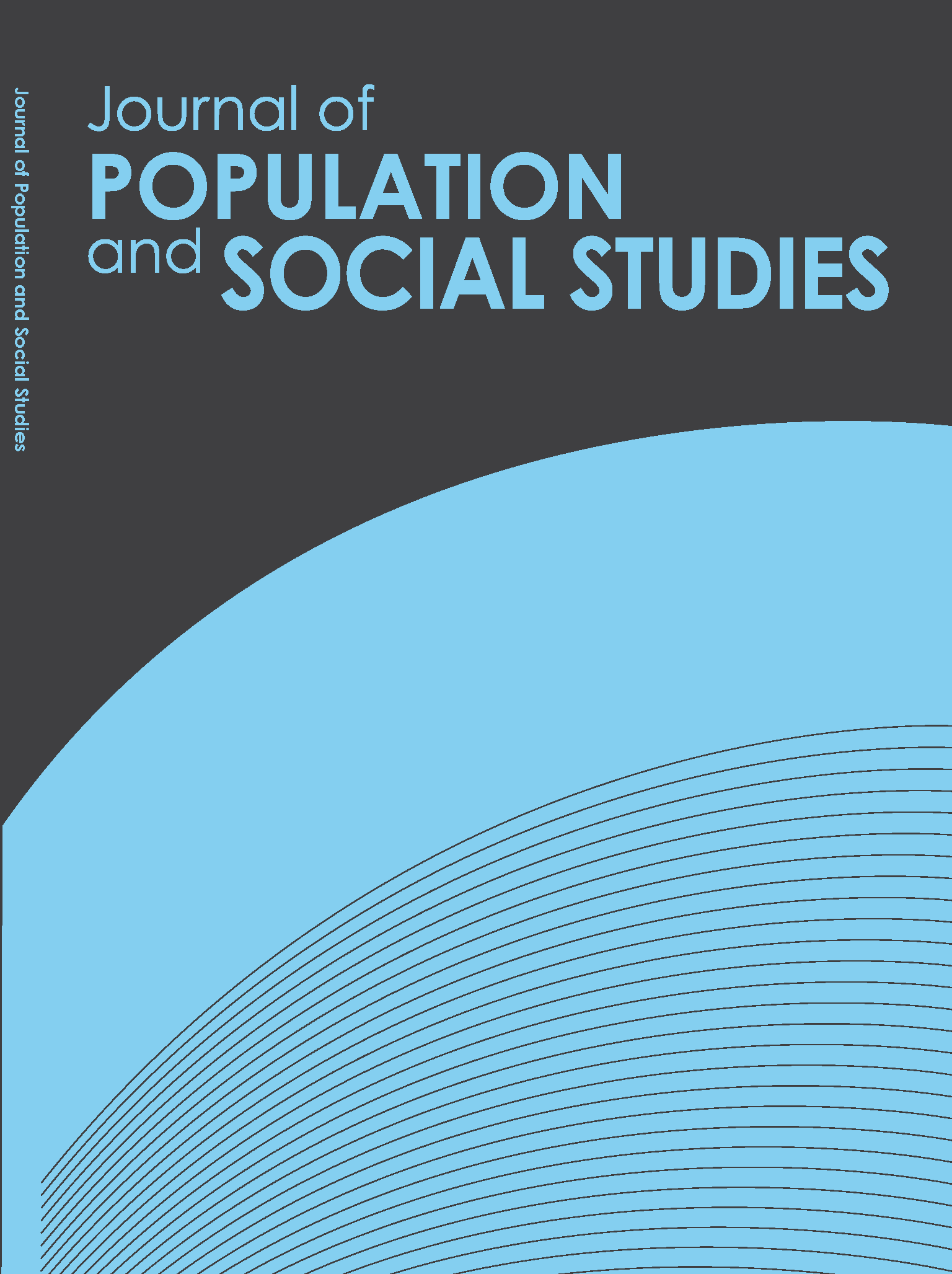From the Philippines to Finland: Nurses’ Expectations and Finnish Realities
Main Article Content
Abstract
Nursing shortages are expected to increase dramatically in Europe as the population ages. Filipino nurses and the Philippine government have shown a growing interest in non-English speaking European countries as destinations. Finland is a recent entrant into the field of international nurse recruitment. Based on fieldwork conducted in the Philippines in November 2014, this article examines the expectations of Filipino nurses vis-à-vis the realities of Finnish social and health care. Data collection included a survey and interviews with Filipino nurses intending to migrate to work in Finland. For these nurses, working in Finland represents mainly instrumental value. Remittances and professional advancement appeared to be the main motivational factors. Their perceptions of free education and low-cost health care in Finland, as well as the clean environment, were other reasons that specifically drew them to Finland. In spite of the nurses’ career ambitions, their professional development in Finland is unsure because of the language barrier and difficulty in getting their qualifications recognized. To prevent skill wastage in Finland, efforts should be made to standardize vocational training and professional qualifications, and more emphasis should be placed on language training.
Article Details
References
Adams, E. & Kennedy, A. (2006). Positive practice environment: Key considerations for the development of a framework to support the integration of international nurses. Geneva: International Centre on Nurse Migration.
Ailasmaa, R. (2015). Terveys- ja sosiaalipalveluiden henkilöstön kansainvälinen liikkuvuus 2012 [International mobility of health care and social welfare personnel 2012. Statistical Report 12/2015, Helsinki: Terveyden ja hyvinvoinnin laitos THL]. Retrieved from http://urn.fi/URN:NBN:fi-fe2015060810052
Asis, M. B. (2014). Social costs and policies to mitigate them. In Battistella, G. (Ed.), Circular migration of health professionals. Policy brief series, 3. Geneva: International Labour Organization.
Bangko Sentral ng Pilipinas. (2015). Overseas Filipinos’ cash remittances: By country, by source. Retrieved from http://www.bsp.gov.ph/statistics/keystat/ofw2.htm
Baumann, A. & Blythe, J. (2008). Globalization of higher education in nursing. Journal of Issues in Nursing, 13(2). doi: 10.3912/OJIN.Vol13No02Man04
Battistella, G. & Asis, M. B. (2014). Temporary migration in the Philippines. In P. Pitkänen and S. Carrera (Eds.), Transnational migration in transition: State of the art report on temporary migration (pp. 249-275). Retrieved from http://www.uta.fi/edu/en/research/projects/eura-net/publications/State-of-the-art_EURA-NET.pdf
Beriones, G. L. (2014). Adaptation experiences of internationally educated Filipino nurses employed in the United States. (Doctoral dissertation). College of Nursing, Texas Woman's University at Denton. Retrieved from http://poar.twu.edu/bitstream/handle/11274/3662/Berionesc2.pdf?sequence=1&isAllowed=y
Buchan, J., Kingma, M. & Lorenzo, F. M. (2005). International migration of nurses: Trends and policy implications. Geneva: ICN-International Council of Nurses.
Castles, S. (2007, November). Migration and social transformation. Inaugural lecture for the migration studies unit, London School of Economics and Political Science, London, England.


